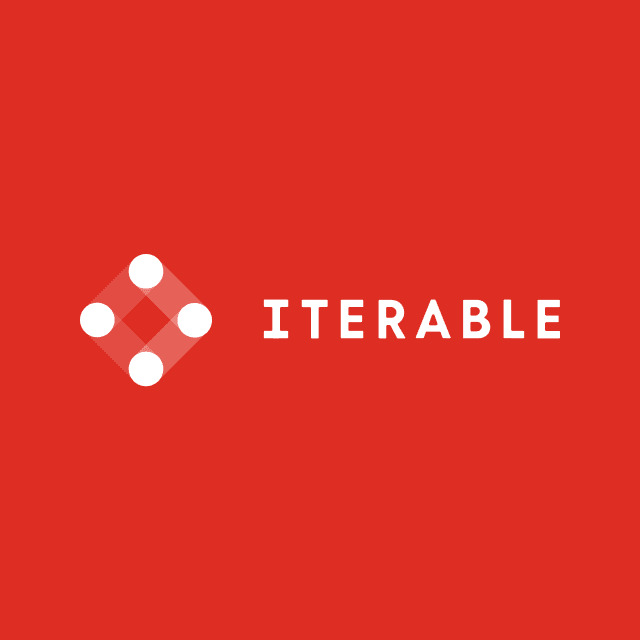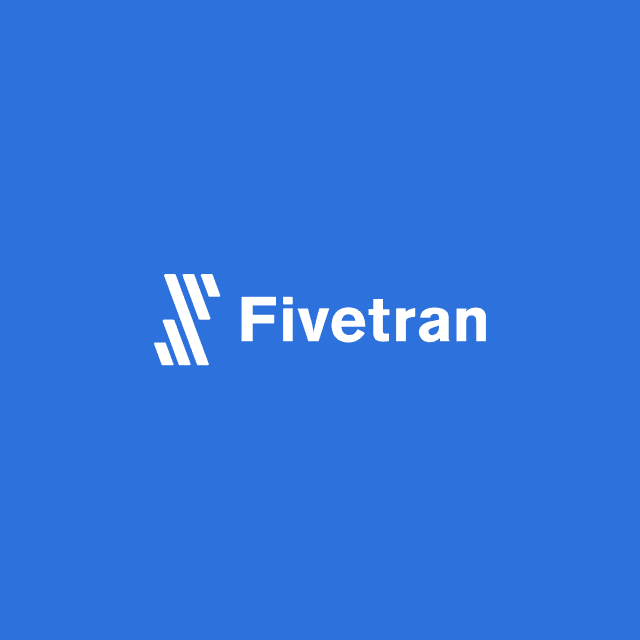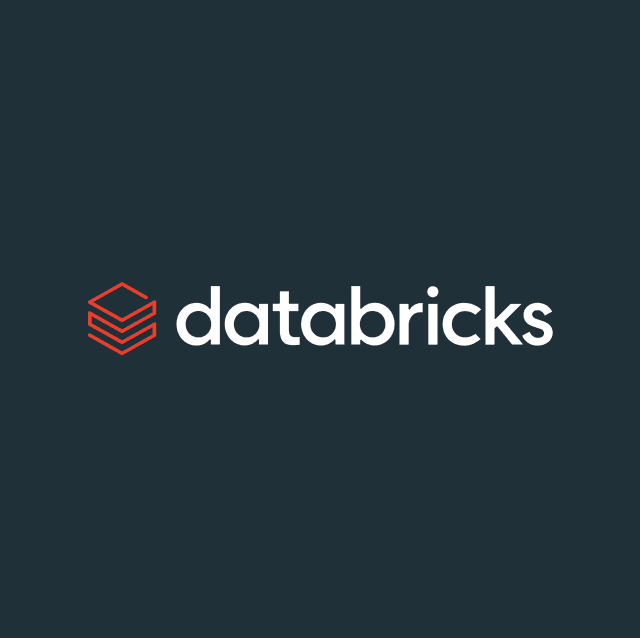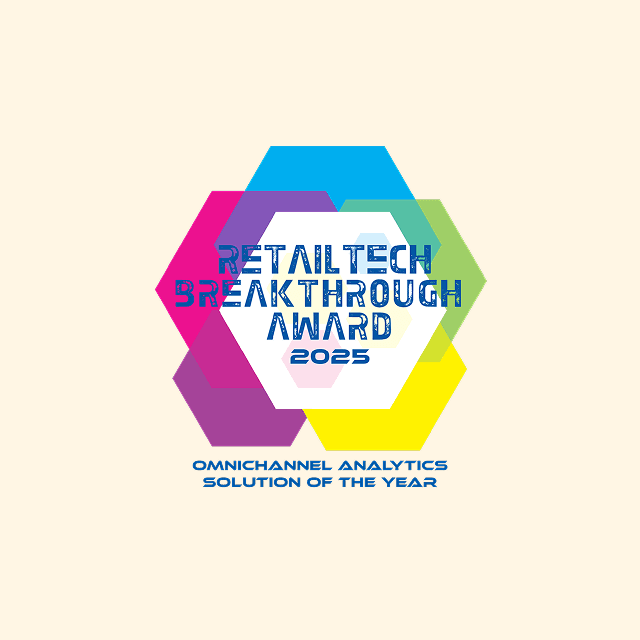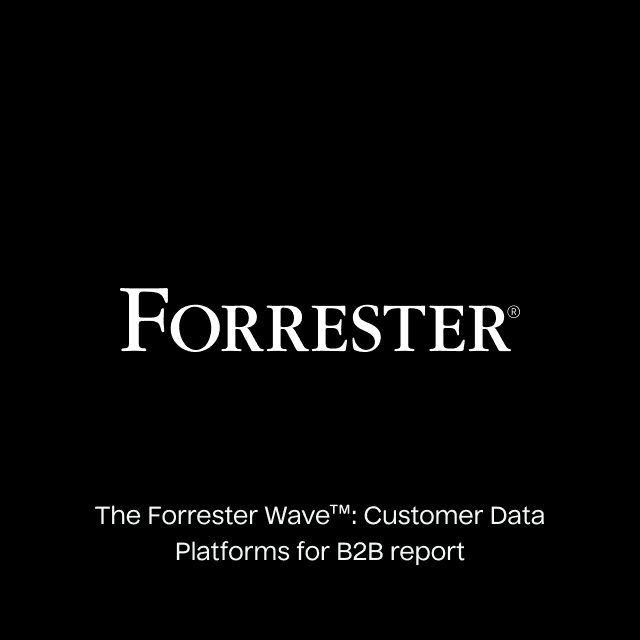Over the last five years, ad platforms like Meta and Google have fundamentally transformed advertising by integrating AI and ML into campaign management. Resource-intensive workflows have now been replaced by automated AI capabilities that optimize creative, bids, and targeting in ways that no marketing team alone can replicate.
Just as AI transformed advertising by automating and optimizing campaigns, a new category of technology centered on AI-powered decisioning is set to bring those same capabilities to the other half of your business—how you engage and grow the LTV of existing customers.
The key question for marketing teams is no longer whether this new wave of AI is coming, but how to prepare to capitalize on it.
Beyond generative AI: AI decisioning
Before starting, we want to be clear of one thing: While generative AI gets a lot of attention for its ability to create content, we believe that the true power of AI in marketing lies in decisioning. This means using AI to determine the best way to engage every customer 1:1 to drive your business goals.
That said, let's jump in.
You can’t spell paid media without AI
Before the integration of AI into advertising platforms, paid media campaign management was highly manual. Marketers spent countless hours crafting ad sets, defining precise audiences, analyzing data, and tweaking campaigns manually. Every decision required hands-on management, and scaling these efforts was a logistical (and hiring) nightmare.
The entire process was slow, rigid, and full of guesswork.
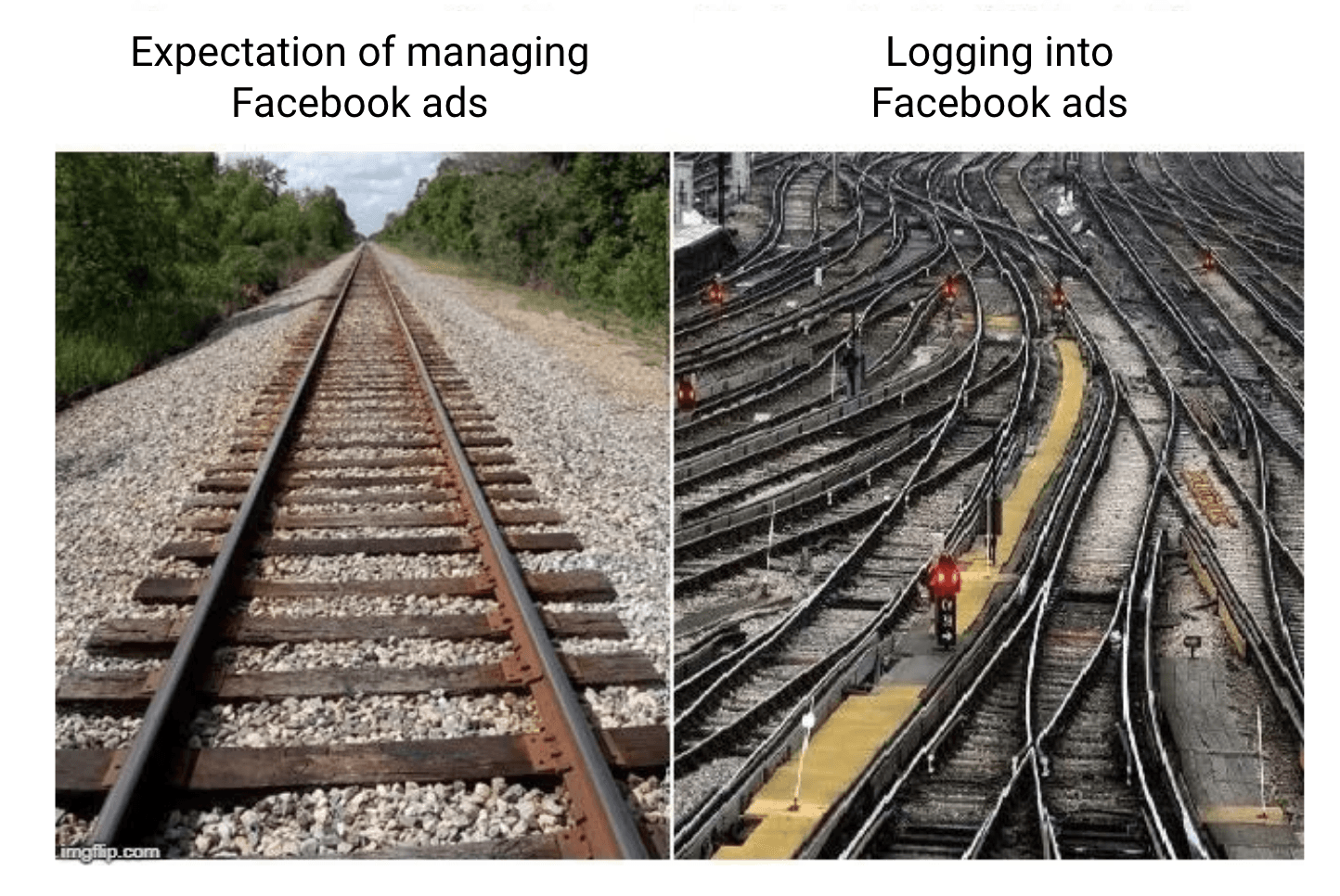
The pains of running paid media before AI
Seeing the potential to reduce friction and, more importantly, maximize advertiser spend, platforms like Meta and Google went back to the drawing board and invested billions of dollars into R&D to embrace AI-driven campaign automation.
Fast-forward to today, AI powers almost every aspect of campaign management in paid media, from audience targeting to creative optimization. Algorithms, fueled by billions of interactions, test and optimize thousands of variables at once, continuously refining performance.
The result? Smarter, faster campaigns that optimize themselves, delivering better outcomes without the need for constant manual oversight and guesswork.
Take Meta’s Advantage+, for example. Rather than manually creating hundreds of ad sets, we can now input broad audiences and creative assets into a single campaign. Meta’s AI runs thousands of micro-experiments, learning which combinations work best for each user and optimizing performance as it scales.

With Advantage+ advertisers lean into dynamic ads and larger audiences.
Similarly, Google’s Performance Max pushes AI automation further by dynamically adjusting every campaign element—audiences, creative, and bids—optimizing towards your defined objectives. The AI continuously tests and refines these elements to deliver results that are impossible to achieve through manual management.
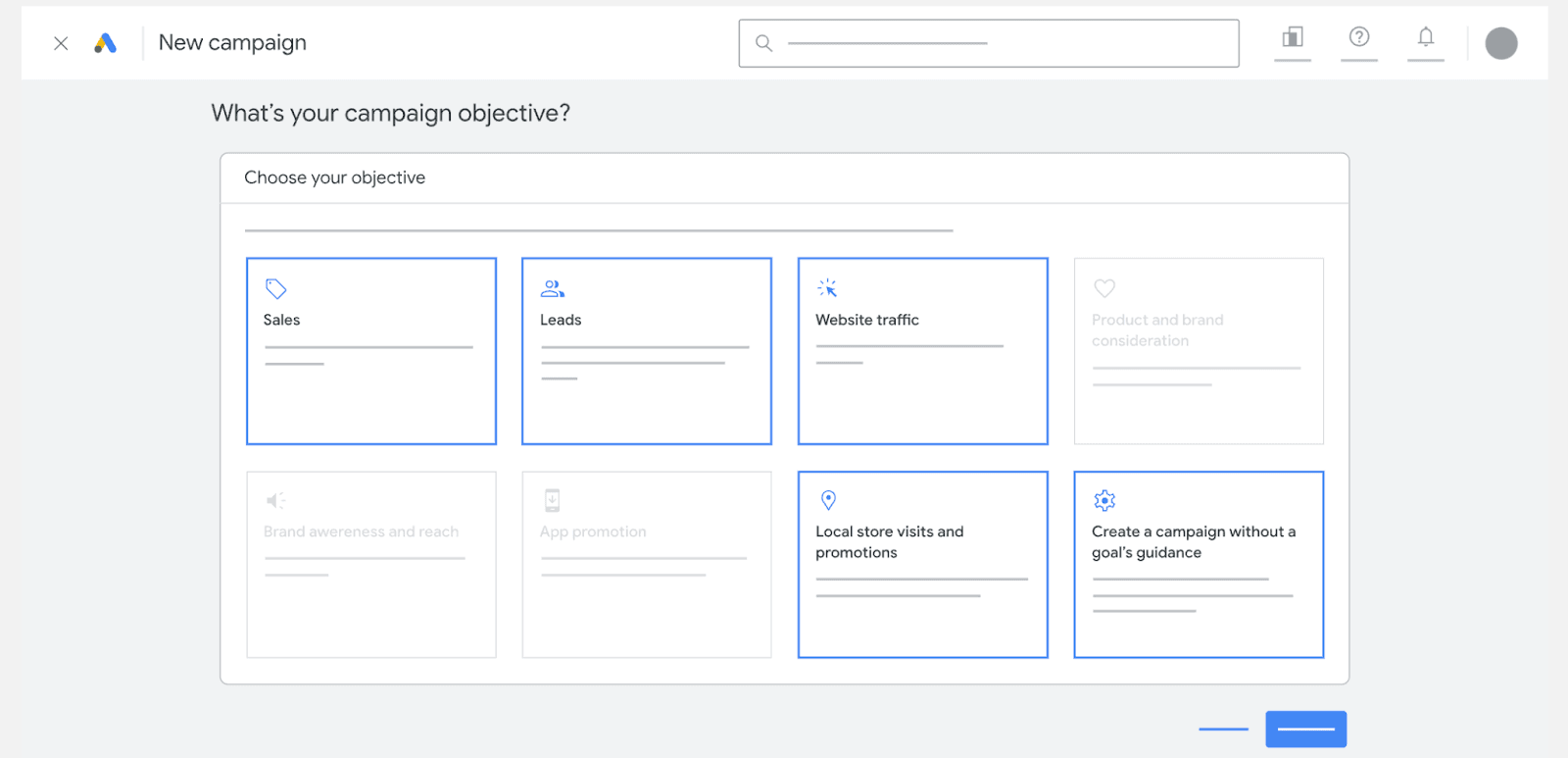
Advertisers rely on and trust Google’s AI to optimize every aspect of their campaigns towards their desired outcome.
Why AI is so powerful in advertising platforms
At the core of AI’s success in advertising is data—and lots of it. Platforms like Meta and Google leverage billions of data points, including user interactions, clicks, and conversions. This vast dataset is one of the richest in the world and gives AI the foundation necessary to make highly informed decisions about any individual user or campaign.
But it’s not just about user data. The real power lies in its ability to experiment and learn over time. While traditional A/B testing allows you to manually test variations, AI can simultaneously experiment with thousands of combinations—audience segments, creatives, and bids - then use conversions (ex., purchases) to inform its strategies and improve over time,
The result? Highly personalized, highly-performant campaigns optimized to the advertiser's desired outcomes.
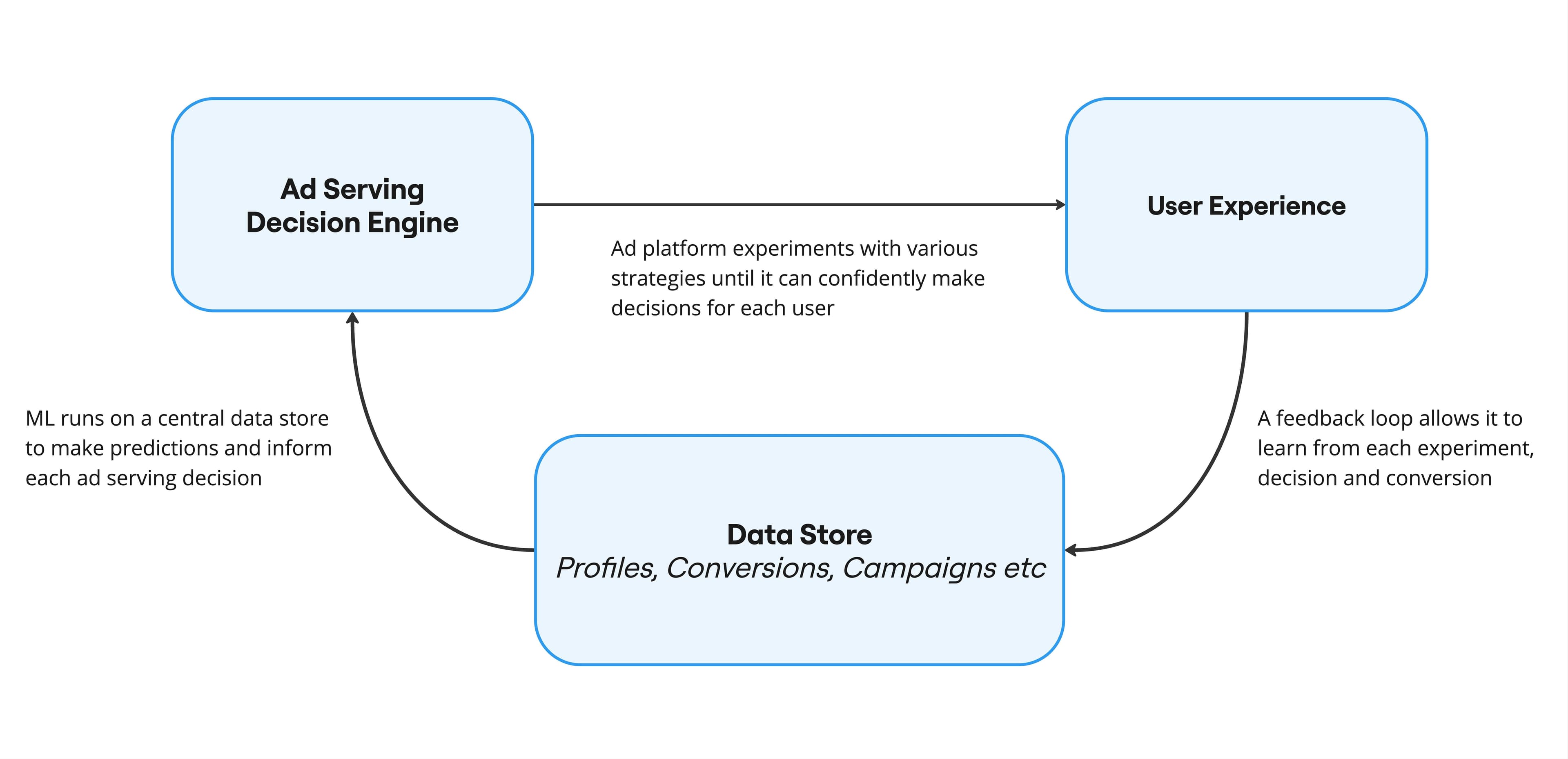
The contious learning loop unlocked by paid media advertising platforms.
Why marketing is next
Much like in the early days of paid media, marketers today rely on manual processes, static segmentation, and basic automation rules to manage campaigns. While some marketing teams are using predictive models to target customers (e.g., customers with a high propensity to buy, churn, etc.), very few marketing teams in the world are able to actually leverage the always-on learning and individual optimization capabilities that have made AI in paid media so effective- and even then, those who do suffer from the high costs (talent, systems maintenance) to run it at any scale.
This is where AI Decisioning steps in. By continuously testing and refining every aspect of a given marketing campaign or experience, AI Decisioning can ensure that each customer interaction is optimized and personalized at scale, answering questions like:
- What behavior should we nudge each customer towards to maximize LTV?
- What campaign or experience will drive action?
- Which product, incentive, or action will best resonate with this customer?
- Which content, variation, and channel will deliver the best results?
“AI Decisioning doesn’t just forecast—it continuously tests and learns, ensuring every interaction is precisely optimized for each customer. It's the solution to the questions that have challenged marketers for years, delivering the level of deeply personalized experiences that have always been just out of reach.”

Jacqueline Freedman
CEO + Founder at Monarch Advisory Partners
And to be clear, this doesn’t stop at lifecycle marketing. We’re rapidly expanding our own AI Decisioning platform to make decisions across new channels like web and in-app experiences, customer service, and even optimizing the allocation of advertising budgets. Soon, AI Decisioning will be able to optimize even the most complex business decisions.
Why now?
Sure, people may have been talking about these concepts for years. But it wasn't until the rise of Composable CDP architecture that this dream became a reality. Now with a wealth of first-party customer and engagement data stored in their data warehouse, companies have a centralized, comprehensive view of customer behavior. By implementing a decisioning layer on top of this data and integrating it with their downstream marketing and advertising platforms, marketers can finally unleash automated experimentation and learning capabilities across ALL of their channels.
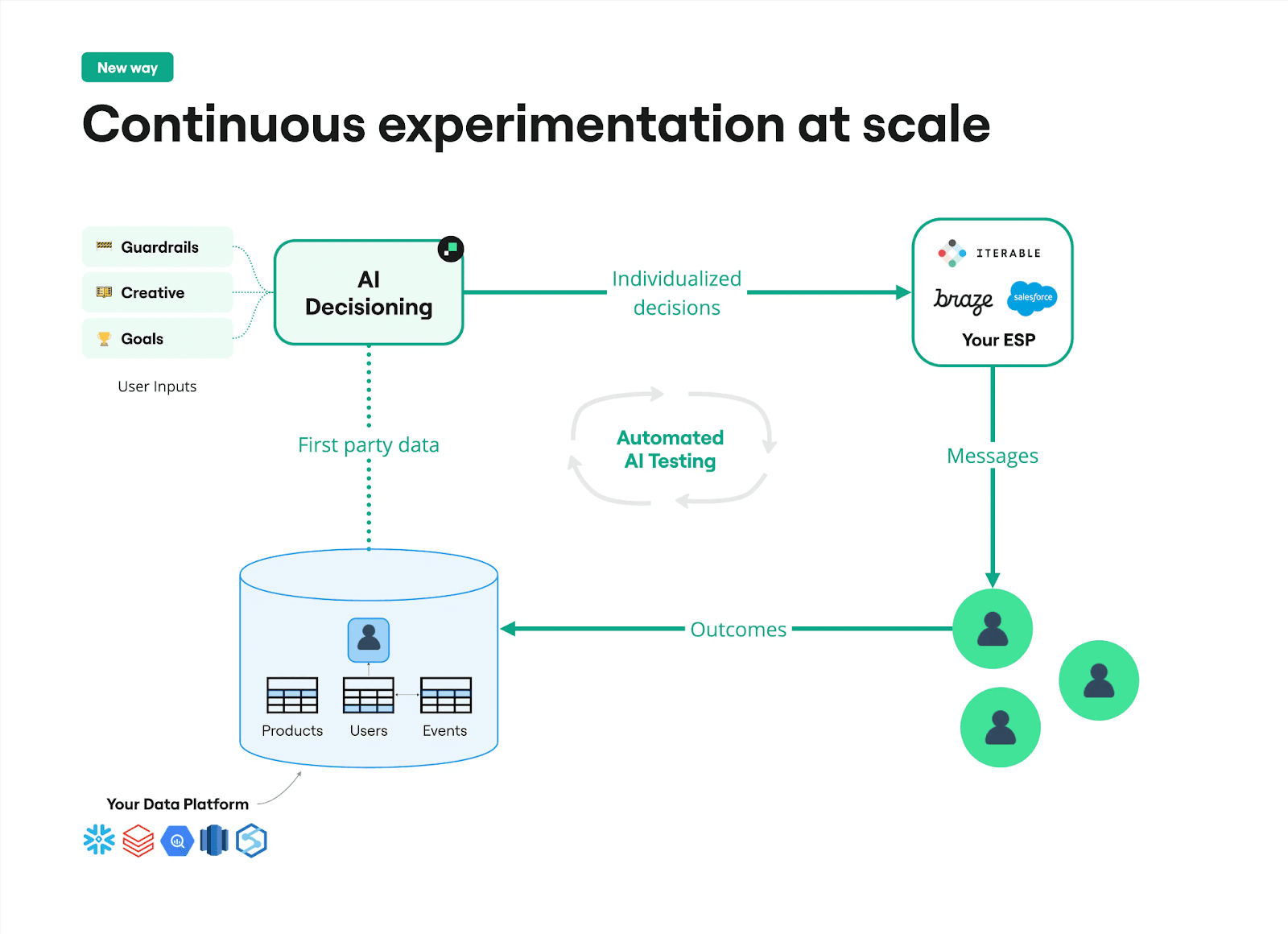
Just like the AI within paid media, AI Decisioning becomes smarter with each customer interaction. A continuous learning process creates campaigns that automatically optimize and deliver personalized experiences
What this means for marketers
As this new wave of AI becomes mainstream in marketing and beyond, our roles will fundamentally shift. Instead of spending time manually managing campaigns, AB testing, and defining customer journeys, we will focus on strategic direction, setting desired goals, defining creative inputs, and establishing guardrails for AI to operate within. This shift empowers AI to handle complex real-time decision-making while enabling us to focus on more creative and strategic initiatives.
Notably, the introduction of AI in paid media didn’t reduce headcount—if anything, it increased it as ads became more efficient and impactful to businesses. The same will be true in marketing, where AI Decisioning will enhance, not replace, marketers by amplifying their strengths and allowing them to focus on higher-level strategies. While AI optimizes decisions at scale, the human elements of creativity, vision, and strategy remain critical, enabling marketers to spend less time on routine tasks and more time on strategies that resonate deeply with their audience.

AI takes the heavy work while marketers focus on strategy and creative inputs
One of the most critical elements of this shift will be learning to trust the decisions AI makes. Governance and transparency built into the decisioning tools will be the cornerstone of this trust. We must maintain full visibility into how AI is making decisions from understanding why certain content was sent to a customer to why no content was sent at all.
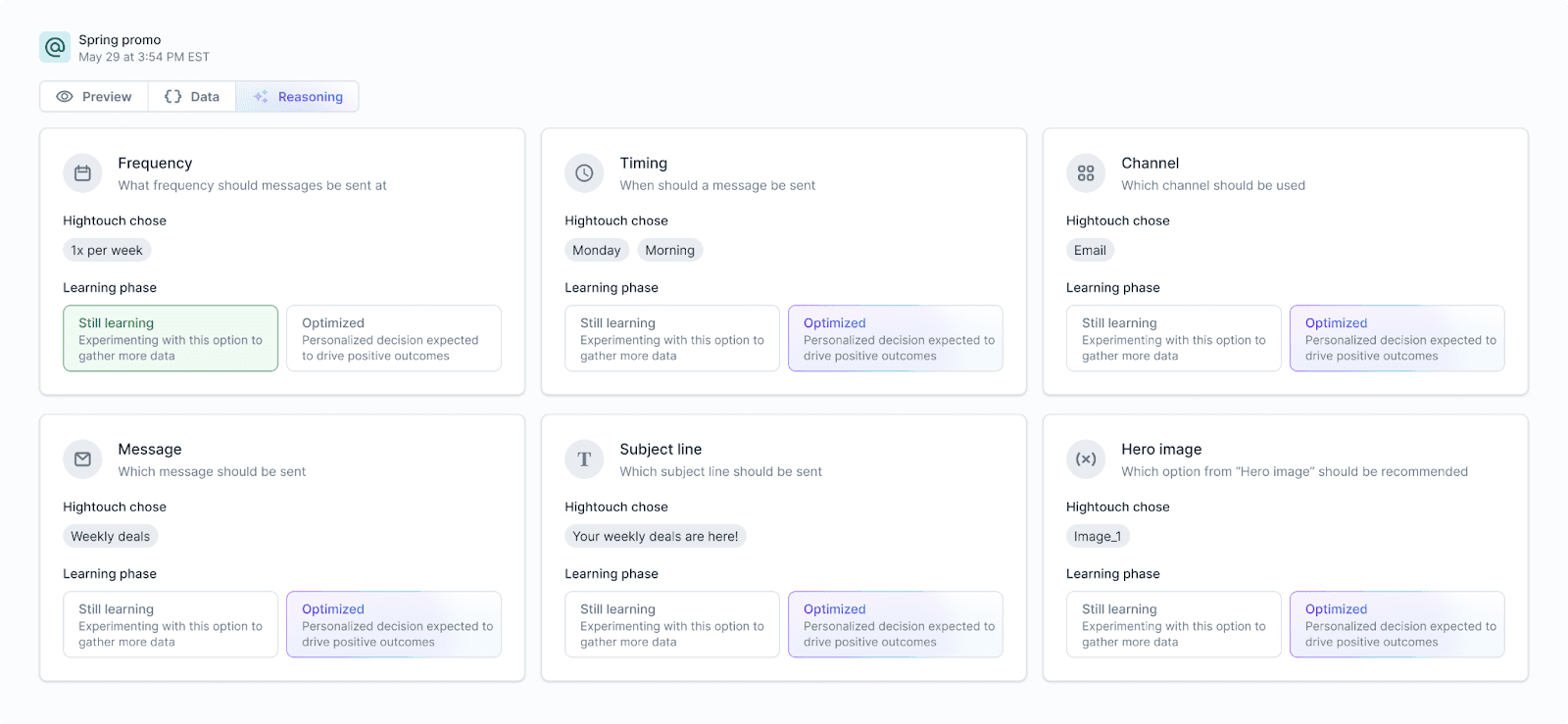
As seen in our own AI Decisioning product, every action taken by the system can be monitored and refined according to organizational goals, compliance standards, and brand voice
The road ahead
Looking forward, as AI Decisioning becomes mainstream, the convergence of it with generative AI will be an emerging trend that will create a new paradigm of marketing. While generative AI can use human guidance to rapidly produce creative assets—such as images, copy, and videos tailored to audience segments—AI Decisioning will orchestrate the distribution of those assets across the right channels at the right time, continually optimizing every interaction. This blend of creativity and AI decision-making will enable brands to scale both content creation and delivery in ways that were previously unimaginable.
Rewinding back to today, as businesses build robust data foundations in their data warehouse and adopt AI Decisioning, marketers will be empowered to immediately run smarter, more personalized marketing campaigns with their existing technology and data investments. Organizations embracing this shift will be able to automate the complexity of campaign decision-making, allowing their marketing teams to focus on creative strategy while ensuring every customer interaction is optimized for maximum impact.
Want to learn more about AI Decisioning and what it can unlock at your business? Reach out here.






